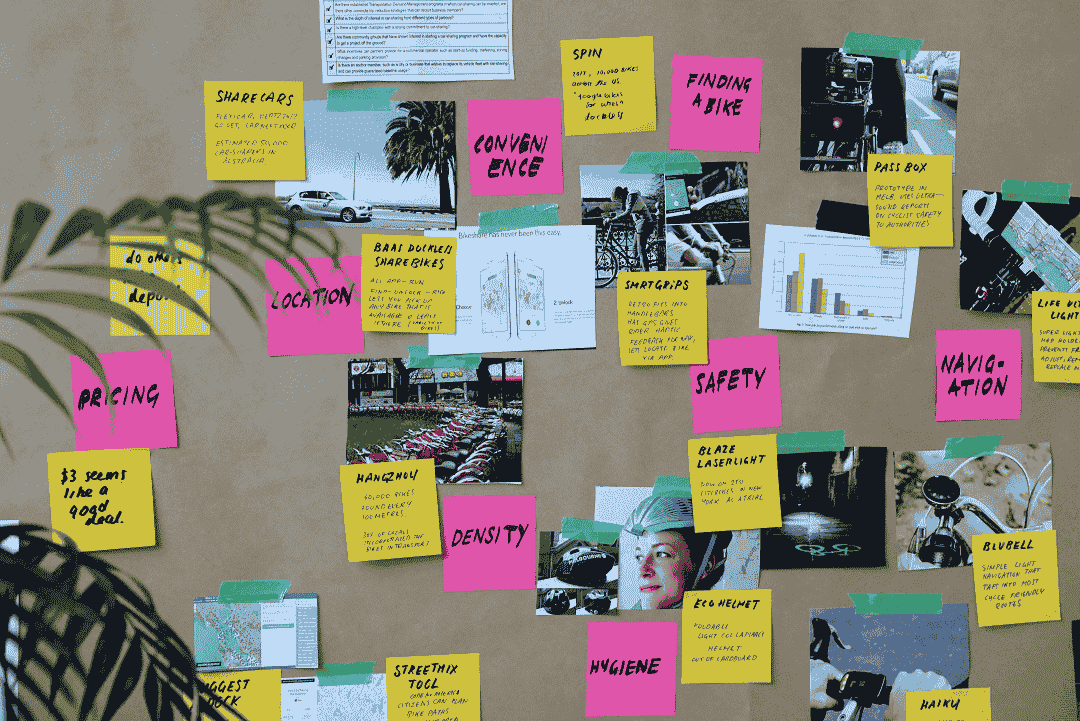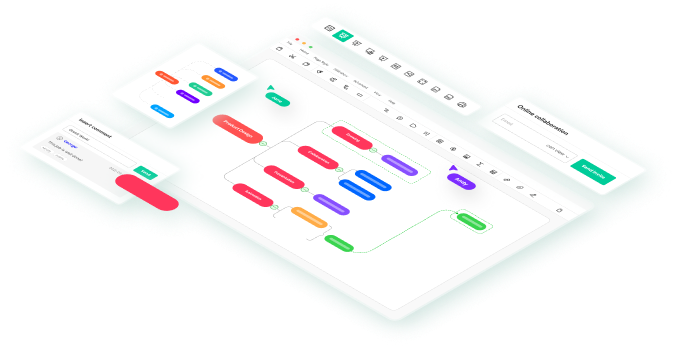
Were you aware that in an average brainstorming session, 70% of the ideas come from just three individuals? What about the rest of the group? They're too shy to say anything, too busy nodding, or too busy agreeing. These strategies for better group brainstorming will have everyone on your team share their ideas. This leads to more diverse and worthwhile ideas.
In this article
I have experienced that brainstorming is usually dominated by a few voices. However, when we use structured techniques, ideas are born, and creative thoughts are produced. Using the top brainstorming techniques for teams can turn chaotic meetings into fruitful discussions.
With the right strategy, all brainstorming sessions can be fun and participatory. Let's explore five sound strategies for boosting creativity and collaboration.
What is Group Brainstorming?
Group brainstorming is a collective process in which members share ideas to find a solution or create new ideas. Unlike brainstorming alone, this process brings in varied views. This results in more creative solutions. Good group brainstorming skills enable the structuring of discussions. This way, all members contribute constructively.
As an example, a marketing team planning to launch a product can use brainstorming to come up with creative campaign ideas. Through building on suggestions, they improve ideas that might not have occurred otherwise.
When adequately carried out, group brainstorming enables people to generate ideas freely. Let's discuss the challenges one faces during brainstorming.
Challenges With Group Brainstorming
Even if people want to do well, group brainstorming has several problems that stifle creativity and productivity. Below are three typical problems and how to solve them.
A Few Voices Are in Control
In the majority of meetings, outspoken members take over the discussion as timid individuals hold back their views. This discourages diversity of thought and stifles creativity.
Solution: Use organized group brainstorming methods like round-robin brainstorming. In this method, each person shares one idea before everyone discusses. This makes sure everyone can take part equally.
Idea Blocking
When one person is speaking, others might forget their contribution while waiting for their turn. This halts the flow of creativity and lowers the input level.
Solution: Use silent brainstorming methods, like brainwriting. In this method, people write down ideas before they discuss them. This way, all participants can think without being interrupted.
Lack of Clear Direction
When there is no specific aim, brainstorming sessions lack direction. The result is jumbled thoughts that may not be helpful.
Solution: State a clear goal upfront. Select a person to facilitate the discussion and ensure ideas remain focused on the purpose of the session.
Time Inefficiency
Open-ended sessions drag on, draining energy. You might get only 10 usable ideas from a 90-minute meeting.
Solution: Apply the 6-3-5 brainwriting method. Six individuals jot down three ideas within five minutes, and then exchange papers. Repeat until ideas are refined and ranked.
Unequal Participation Because of Remote Environments
Hybrid or remote teams might struggle with engagement because virtual tools tend to mute on their own.
Solution: Leverage digital platforms like EdrawMind for real-time collaboration. Use breakout rooms for small-group discussions before reconvening, ensuring quieter voices are heard.
5 Strategies For Better Group Brainstorming

Img Source: https://unsplash.com/photos/sticky-notes-bjemWZcNF34
Group brainstorming is an effective way to create new ideas, but without planning, it can fail. Following are five suggestions to enhance your team's brainstorming process:
Brainwriting
Rather than verbalizing ideas, participants record them initially before discussing them. This allows introverts to contribute their ideas. This prevents overpowering voices from inhibiting ideas.
Example: A new product development team in a tech firm uses brainwriting to solicit ideas for a novel app. The team members provide ideas without disclosing their identities. This results in innovative and varied input.
Round-Robin Brainstorming
Each member has one idea before the open discussion begins. This ensures all can participate and prevents a few from dominating the conversation.
Example: An advertising team gearing up for an ad campaign requests each member to suggest a tagline on their own. After everyone has put forward an idea, they vote on the best ones to work on.
SCAMPER Technique
SCAMPER is an acronym for Substitute, Combine, Adapt, Modify, Put to another use, Eliminate, and Reverse. SCAMPER is utilized to engage teams in being creative. The team performs these activities on something that already exists.
Example: An apparel firm applies SCAMPER to develop new product ideas to modify a top-selling jacket. They modify the material, remove excess features, and blend components from other products to produce a new model.
Mind Mapping
A method of representing ideas graphically by creating a diagram with associated ideas radiating from a central idea. This assists in organizing ideas and determining how various ideas are related.
Example: A software firm creating a new AI program creates a mind map to think about possible features. By observing how ideas interlink, they discover distinctive functions that improve the user experience.
Reverse Brainstorming
Instead of brainstorming solutions, groups brainstorm how to make a problem worse. Then, they turn those ideas around to create innovative solutions.
Example: A customer service team struggles to respond rapidly. They brainstorm ways to answer even more slowly and then reverse those concepts. They come up with plans such as utilizing automated responses and improved training.
Tips For an Effective Brainstorming Session
Here are some tips that one can use to make their brainstorming session creative and effective:
Choose a Neutral Facilitator
Designate a time controller. He should set ground rules (e.g., "no criticism during idea generation") and enforce equal participation. At a fintech startup, one facilitator used a "talking token" regime—only the holder of the token was allowed to speak—to reduce interruptions.
Record and Act
Assign a person to take down all the ideas, then distribute the summary afterward. Assign actionable next steps, like researching the viability of a suggested idea. This helps to keep the momentum. If, for example, someone proposes a new workflow, task a team member to test it and report back, so that ideas turn into results.
Encourage “Yes, And…” Thinking
Train the learners to extend ideas instead of dismissing them. For example, if one says, "Add a chatbot," others should say, "Yes, and integrate it with our FAQ database," or "Yes, and make it multilingual."
Use Visual Aids
Go with visual brainstorming methods. Use mind mapping and sticky notes with tools like EdrawMind. They help structure thoughts and emphasize relationships among ideas. A marketing team uses a whiteboard and sticky notes to brainstorm ad campaign themes. By grouping related ideas visually, they identify strong concepts faster.
Final Remarks
Group brainstorming holds a lot of potential for new ideas. However, it will function best if all members feel free to contribute without any inhibitions. Issues such as dominant personalities and a lack of distinct goals can hamper this potential. But by employing the five strategies for better group brainstorming discussed in this article, groups can overcome these hurdles.
Meanwhile, applying the top brainstorming techniques for teams, like SCAMPER and reverse brainstorming, can transform simple ideas into actionable plans. Blended with images and structured facilitation, brainstorming is made more enjoyable and helpful. EdrawMind is a good option to add visuals to your brainstorming session. It can help you share your ideas with your team easily.
Next time your team gathers, use these approaches to transform chaotic meetings into dynamic discussions. Try them out now!




